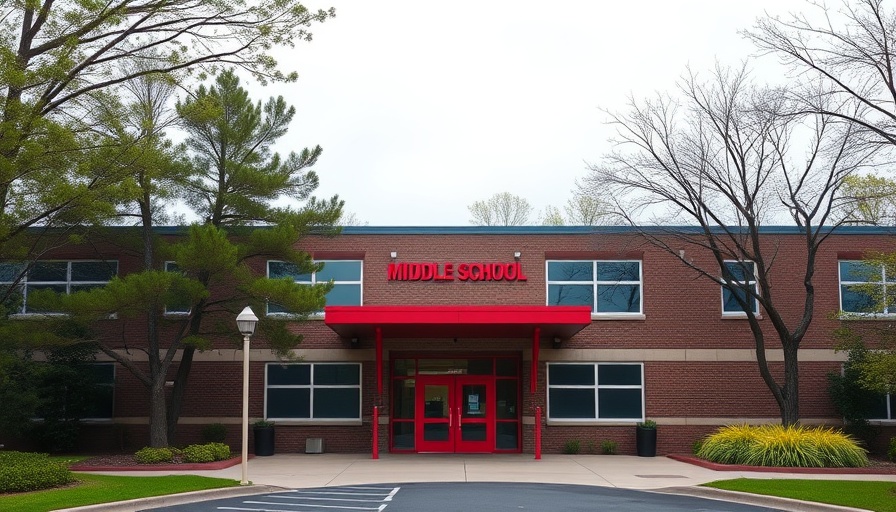
How Texas's Experiment With Charter Schools Began
In 2017, state Sen. Paul Bettencourt introduced Senate Bill 1882, aimed at revitalizing struggling Texas public schools by outsourcing their operations to nonprofit charter organizations. This proposal was presented as a promising avenue for tapping into innovative educational practices, with expectations of efficiency and enhanced learning environments. However, warnings from public school advocates about high costs and accountability concerns were largely overlooked during the bill’s passage.
Understanding Texas Partnerships: A Unique Financial Model
The fundamental structure of SB 1882 allows 27 school districts in Texas to convert their failing schools into charter schools run by nonprofit organizations or higher education institutions. This arrangement helps districts avoid state takeovers—a significant concern for many local leaders. However, the move to privatize education has sparked substantial debate over its impact on public education funding and student outcomes.
The Financial Backing of Charter Operators
Since the introduction of Texas Partnerships, charters have received around $735 million in state and federal funds through district contracts. These partnerships have led to increased funding for participating schools—on average, $284 million more since 2019—allowing operators to wield considerable control over school budgets and operations. Yet, this funding model raises critical questions about the effectiveness and accountability of charter schools compared to traditional public schools.
The Lack of Transparency and Accountability
Despite the initial promises of improved educational outcomes, evidence suggests that many Texas Partnership schools have not delivered as expected. A recent investigation by the Texas Observer shows that about one-third of these partnerships have been terminated early, demonstrating growing concern over their effectiveness in enhancing student performance. Critics emphasize that without robust oversight, these arrangements risk misappropriation of funds and neglect of educational quality.
A Look at Student Outcomes in Privatized Education
Data indicating that charter schools have only marginally improved outcomes prompts further scrutiny into whether this funding initiative is yielding its envisioned benefits. As public education funding in Texas lags behind national averages—averaging around $12,000 per student, significantly less than the national figure—concerns persist regarding whether directing extra funds toward private operators detracts from resources that could benefit all public schools.
Future of Education in Texas: Bridging Public and Private Interests
As lawmakers deliberate potential changes to the funding model, the conversation surrounding charter schools and privatization remains heated. Advocates argue for the opportunity that charter schools present to innovate and foster competition, while opponents highlight the need to prioritize strengthening public schools rather than diverting funds elsewhere. The ongoing debate must address the nuances of educational quality, access, accountability, and the ethical implications of using public dollars to fund private educational ventures.
What Can Be Done?
For stakeholders, including parents, educators, and policymakers, the challenge lies in assessing the viability of ongoing partnerships between public school districts and private operators. Ensuring accountability through rigorous oversight mechanisms while maximizing the potential benefits of innovation is critical. As Texas navigates its educational future, open, informed discussions will be paramount in determining the direction of educational reforms and their impacts on communities across the state.
 Add Row
Add Row  Add
Add 




Write A Comment